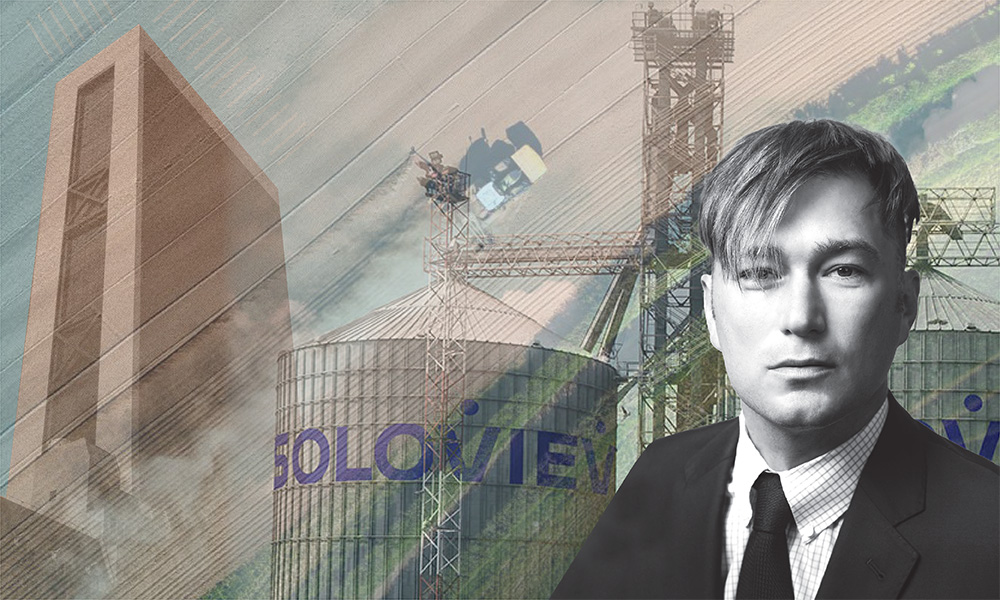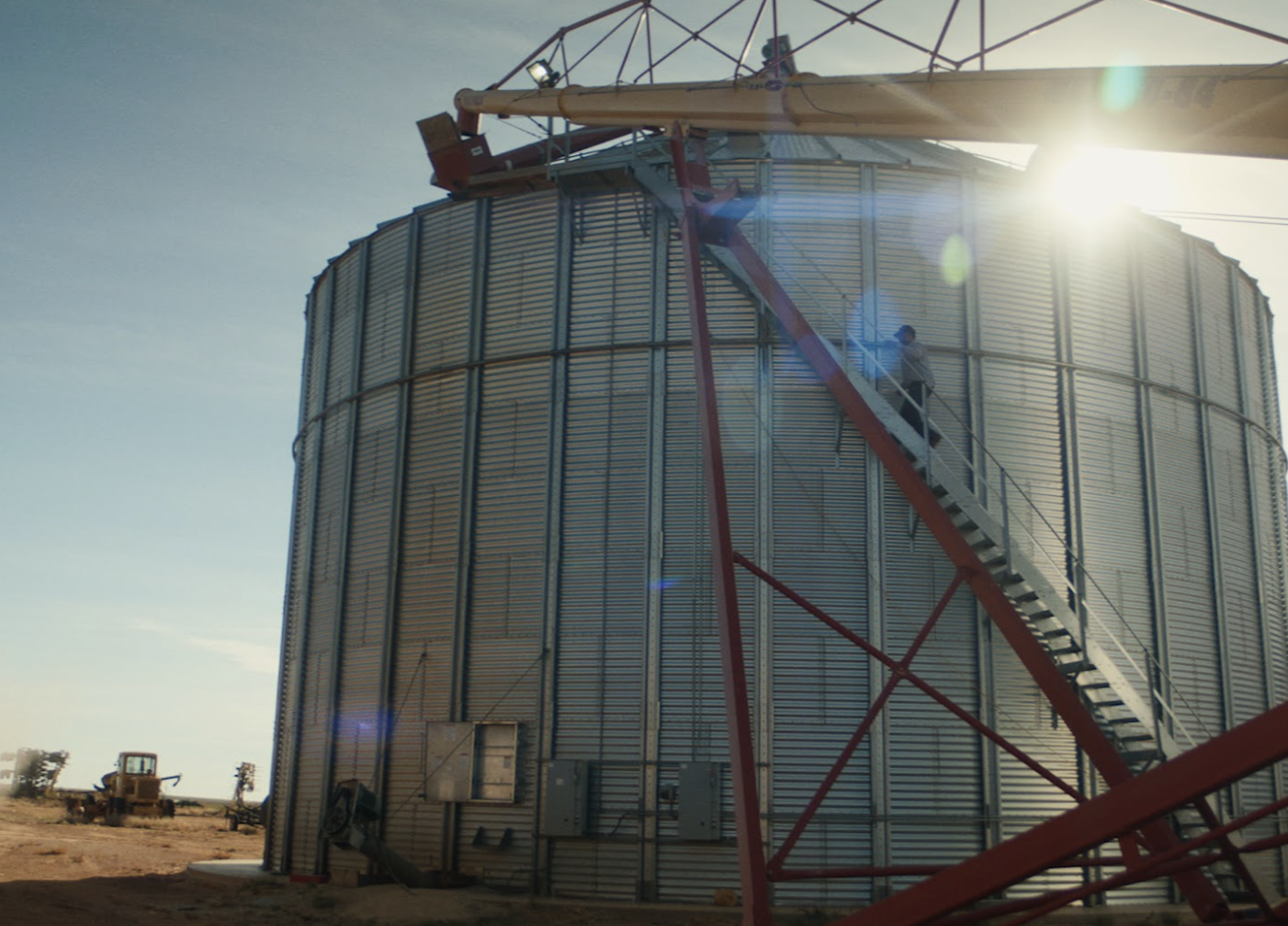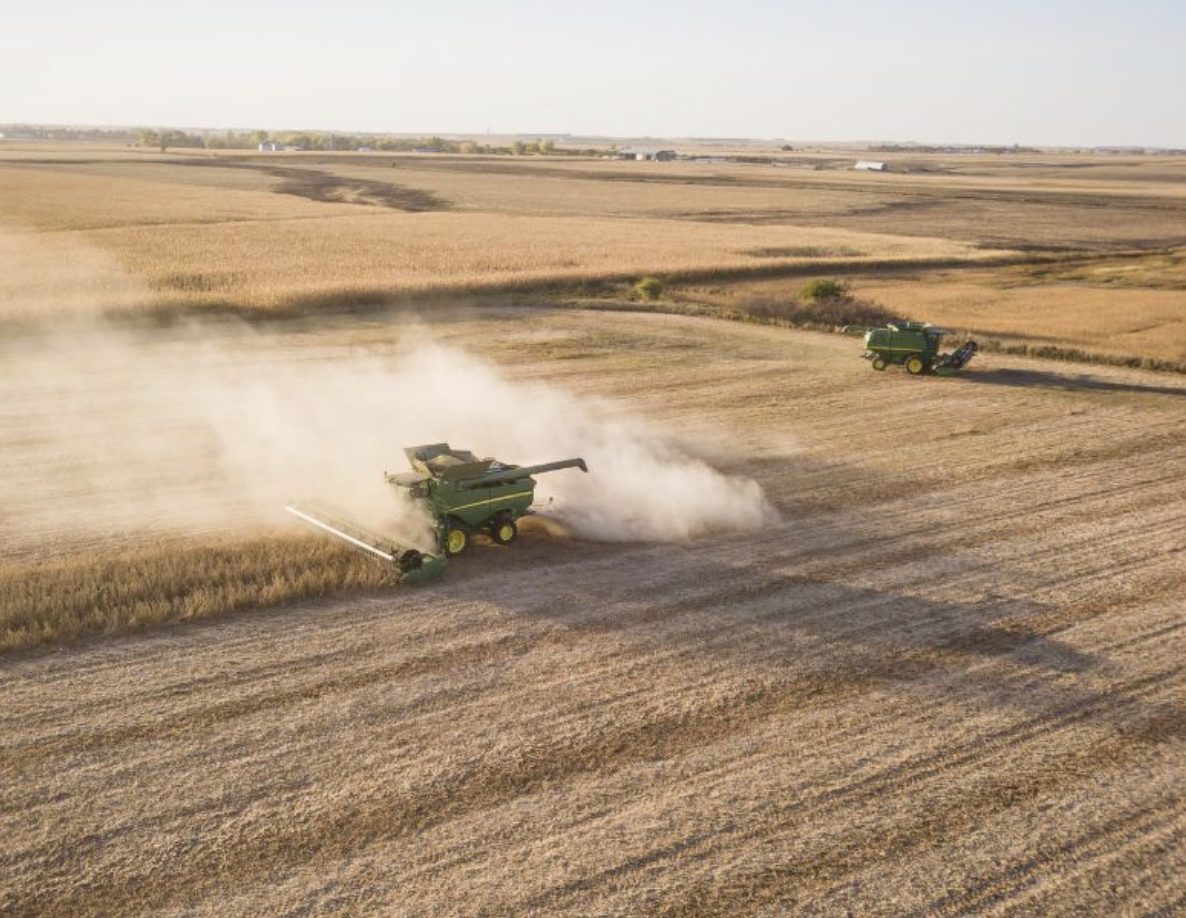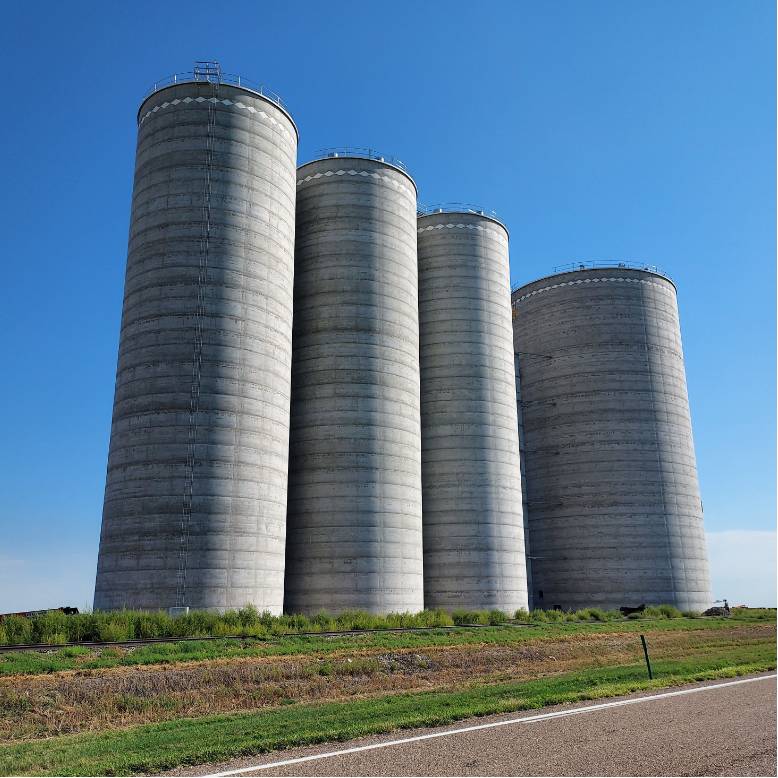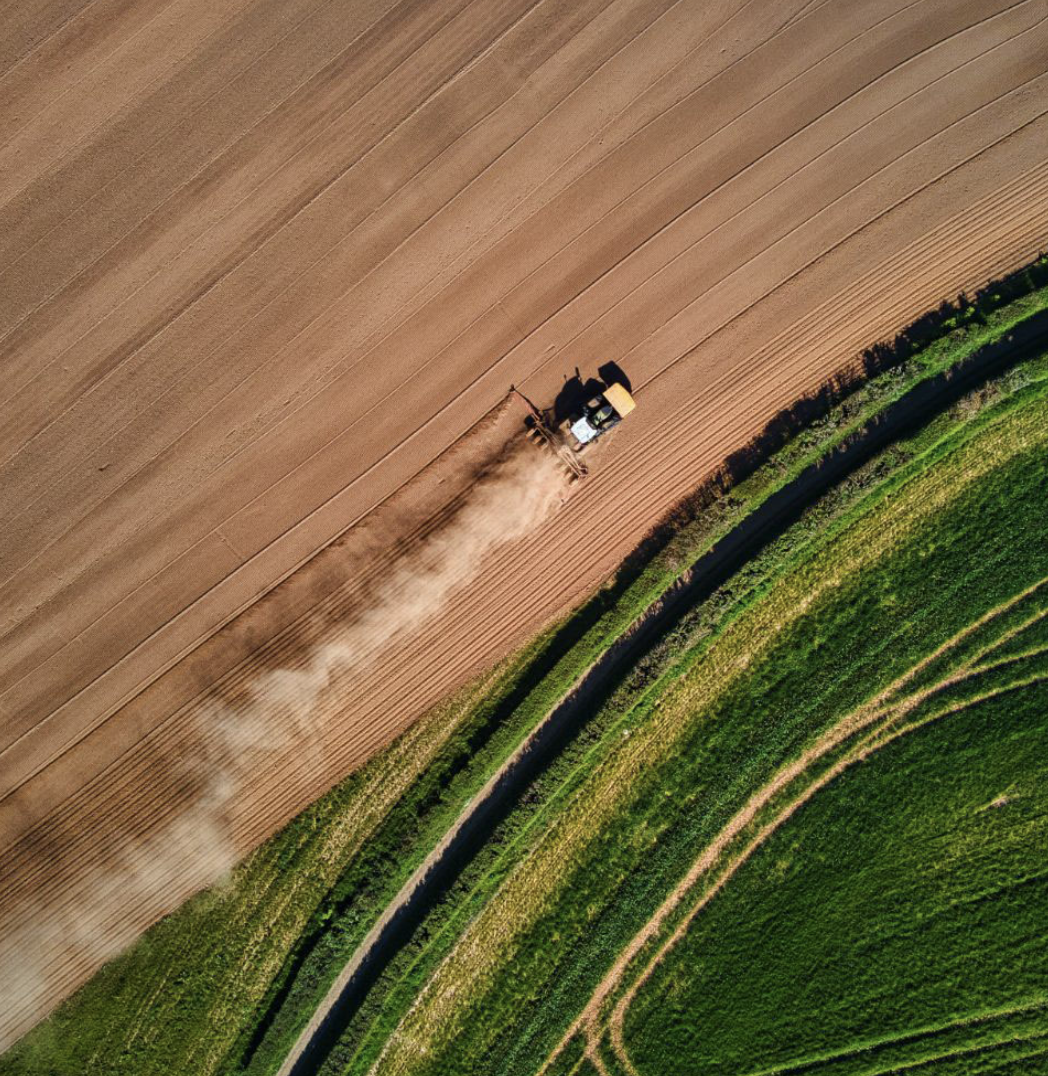What is the genesis of the Soloviev Group?
I have worked mainly in two industries all my life, Agriculture / Commodities and NY real estate. These are the two sectors the Soloviev Group represents first and foremost. The six other sectors represent the diversification I have built over the last few years and throughout my life. But you’re really talking about two massive industries primarily, The North Region which encompasses our Agriculture conglomerate in Kansas and Colorado and The City Region which represents our New York City real estate holdings. Between them they are The Core Regions of the Soloviev Group. The goal of the other six regions is the same thinking that I bring to any business I start or run – to aim for vertical integration efficiently and productively in every form of the word.

What is the single biggest difference between the Soloviev Group and the business your father passed to you?
My father passed on what’s now known as The City Region of the conglomerate. My father accomplished a lot in his life and was very successful putting buildings together. Running them was another story — it required many changes and a massive push toward efficiency to get them functioning the way any of my businesses should.
Talk about your early days working in the family business?
As I said previously my father started me in the garage at 9 West 57 as a senior in high school, parking cars. I thoroughly enjoyed it. I went away to college at 18 but by my junior year my father had pressured me to do as he did and drop out of college, so that I could work for him. I kind of had the same thinking and seeing that I was getting bored at the University of Rhode Island after two years transferred to St. John’s University in Queens and split my time between school, football, and working for my father.
What was that year like for you? Is it true you played college football?
That year I remember was quite exhausting but an amazing experience at the same time. I always wanted to try to play college football and was on the St. John’s football team for six months in the spring. After a few months, the pressures of trying to be a division I-AA college place kicker and punter was not something I could handle very well, especially after having no high school experience. I could kick 50+ yards but remember being very hard on myself and started to psyche myself out. I began to struggle as spring ball went on and I became inconsistent. I remember one particularly miserable Saturday morning practice in the late spring where I couldn’t hit anything, not even an extra point. After an injury over the summer, I chose not to report to training camp that August and then in turn didn’t re-enroll at St. John’s, as football was the main thing keeping me in school. I officially dropped out of college and began to work full time for my father. I managed all the garages at all six of our residential buildings, an 800-car storage garage on York Ave which became two buildings – Sutton 1 and 2 – and the 9W57 garage for about two years. During that time, I started to get involved in other facets of the business.
When did you head west?
I went west at 22, soon after I was married. My father was very difficult to work with. My wife and I moved to Wichita and Phoenix and, being that I know the futures market inside and out, began to trade and then physically trade wheat and arbitrage it. We bought a 309-acre field through a federally subsidized Farm Credit loan (which I still use to this day when I buy farmland) and Crossroads Agriculture was born.
When did you come back to New York?
Until I was 26, I spent four years building my business and living out west where I had little interaction with anything in New York. I returned to New York and went back to running garages and shortly after, took over running all the residential buildings. My father ran 9 West. After a few years and a few falling outs, I was ready to move back out west full time as my agriculture business continued to grow, but my father wanted me to continue running the residential buildings. We came to an agreement where he would match all of my future farming investments if I stayed in New York and continued to run the residential buildings. Farmland was the best investment that he or anyone else in New York City could have made because farmland returns in general have destroyed NYC real estate returns. It allowed me more leverage and after eight years I had a third partner (when I started The South Region in New Mexico, I had a local guy partner with me). My father and I had a lot of up and downs, but I always respected what he had put together, we just had different approaches to running the city businesses and never saw eye-to-eye. But he was my father, and I was his son and somehow, we made it all function for the next 20 years. I would work one week in the city and one week in either the Kansas/Colorado region or in New Mexico. That balance was stressful and amazing at the same time, and I plan on talking more about it in the future.
What is the mission today of the Soloviev Group?
Sustainability in many different facets and many different ways. Sustainability is a loaded word, but I think the way I operate my farmland and Agriculture conglomerate today has some direct correlations to what I want to build at Freedom Plaza.
What are the eight regions of your conglomerate, and how are they divided?
The Soloviev Group is an 8-region international conglomerate.
The North Region (which is one of four agriculture related regions) is our most important region. We are an agriculture producer, transporter, and soon-to-be exporter as well. Crossroads is the parent company to two railroads operating 278 miles of track in Colorado under the Colorado Pacific RR. On the CPRR we have an 8-million-bushel grain facility which is Weskan Grain’s main facility (another subsidiary of Crossroads) that purchases, blends, stores and then transports my grain, and will soon transport the grain of other operators in the future. We have multiple satellite elevators already in use with three more being built as we speak. We also have a cattle operation of around 2,000 heads where we utilize some grassland and our spring crop stubble to put cheap gain on our cattle throughout the winter.
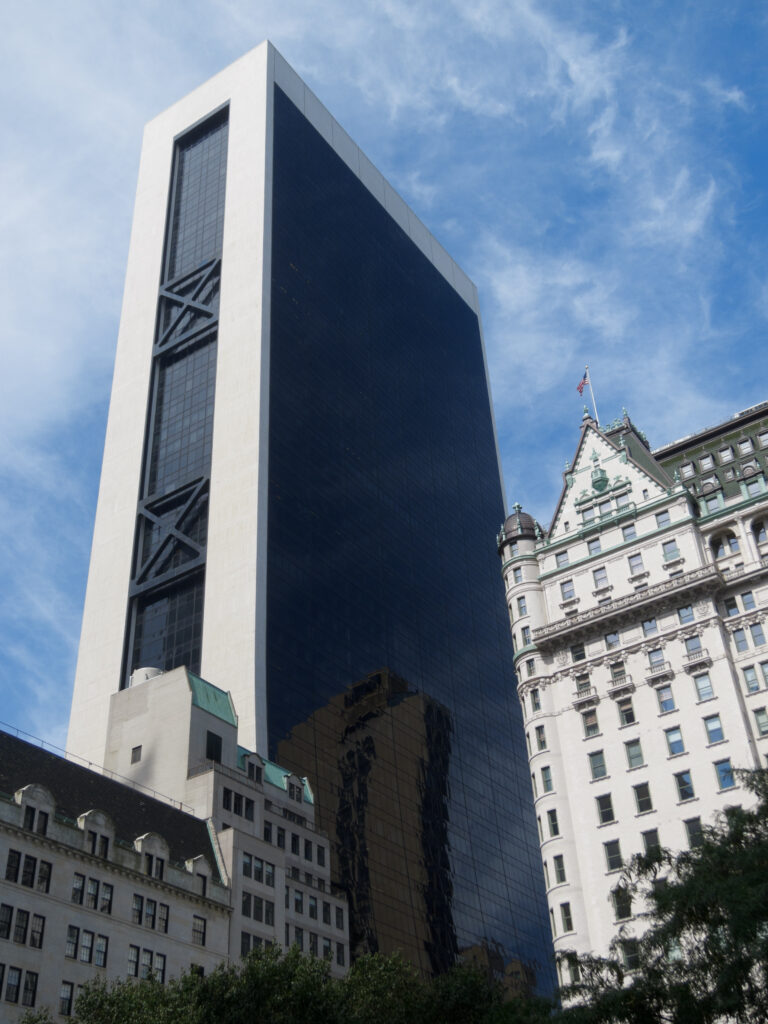
The City Region again represents all our NYC real estate holdings, most notably 9W57 and Freedom Plaza. We have put $45 million into improvements at 9 West to make it the best commercial building in the world. Treating tenants correctly and with respect is my priority. There’s a lot from the past that I knew I had to change such as prioritizing all tenants’ needs at 9 West and treating them better then they’d be treated at any other building. It was a 180-degree turn, but it’s been a successful and much needed one. It’s also reflective in our vacancy rate which went from 50% to only 10%. I believe that will also go to zero in the next 12- to 18-months, even in this market. Our amenities are almost finished and are second to none. Freedom Plaza speaks for itself and is probably the second most exciting thing going on in the entire Soloviev Group to Crossroads building the world’s first completely vertically integrated food company.
The South Region encompasses Crossroads southern agriculture operation consisting of 400,000- acres of grass and up to 7,500 head of cattle. We also operate around 50,000-acres of crop land about 50 miles north of a 400,000-acre block of grass known as Quintin City Ranch, named after my son Quintin who works with me on a daily basis and is my #1 guy in business and in life. We again utilize our land in New Mexico’s case on growing wheat rather than Milo stubble to put more gain on our cattle to get them from birth to 800 lbs (what feed-yards want before the cow enters its next cycle).
The Atlantic Region is a smaller agriculture operation on the North and South Fork of Long Island. My son Hayden (Vice Chairman) splits his time between being a full-time student at NYU and helping to run the Atlantic Region. We own about 1,000-acres on Long Island that I had targeted pretty aggressively a few years before Covid. The land is split from wine production, through our subsidiary Peconic Bay Vineyards, to a new fully vertical landscaping company starting up this spring called Greenwave, to home-building and a few odd businesses here and there.
The Pacific Region is based in Sacramento, California. It is a cannabis company just getting underway under the name Bluelight Grows, another subsidiary of Crossroads Ag. My son Carson works on the ground level where one of my best friends and the best grower I’ve ever met has combined his brand that he developed originally in Hawaii called Cannaloha with Bluelight. Together, we have a 200-acre farm, two dispensaries, and a delivery service, all in the Sacramento area. We are looking to expand initially in California to build the brand and then take the company national.
The Florida Region
The corporate headquarters of the entire Soloviev Group is in Delray Beach, where I live now with my girlfriend and five of my sons when I’m not traveling to other regions. We purchased five commercial buildings in the heart of Delray Beach. The existing tenants include some of the best restaurants in Delray, El Camino, The Office, and Racks. Other retail tenants include Starbucks and Sunglass.
The Nevada Region
In its early stages is a small mining company and another subsidiary of Crossroads known as Crossroads Mining based in Fallon, Nevada, where my oldest son Christian lives. As of now, we mine rhodium, gold, silver, and platinum, as well as some minerals.
The Canada Region
Also under a subsidiary of Crossroads is a 300-acre indoor building for specialty crops that we are working on with the government of Quebec.
NEW YORK
We understand you recently sold the residential portfolio for $1.75 billion. How do you plan on utilizing this capital?
I was left with an abysmal tax bill, and that sale helped to rectify the situation. Diversifying that capital into The North Region and eventually into Freedom Plaza is what I’m concentrating on right now.
What changes are you making to 9 West 57 to maximize its potential as an asset in your portfolio?
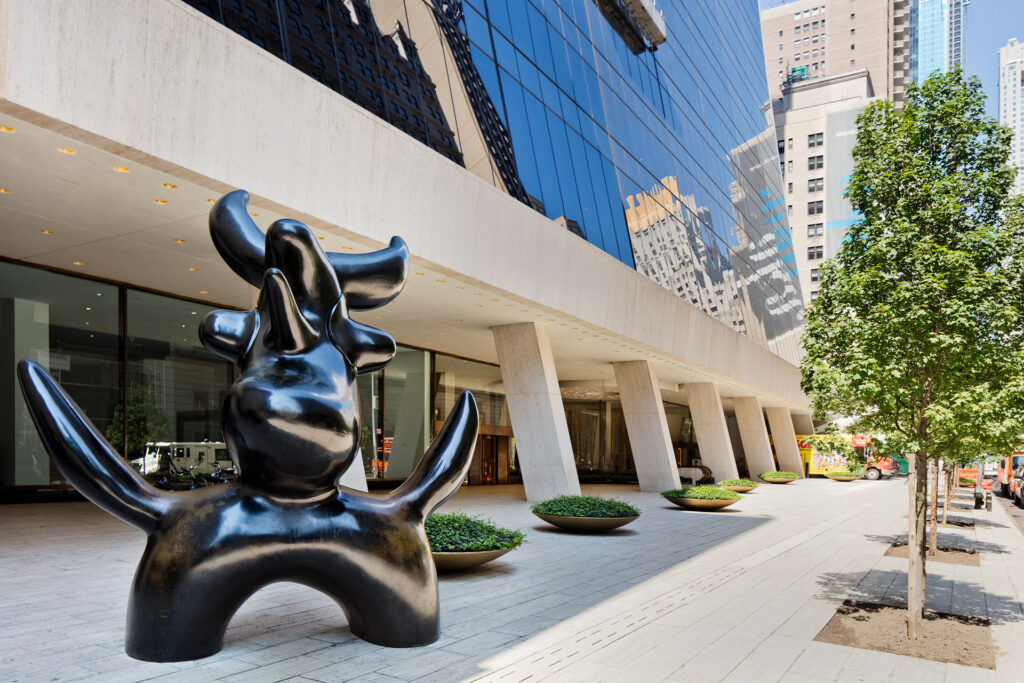
We did a $45 million renovation to 9 West that included a beautiful amenity floor on 27 with Central Park views. It is second to none as far as all the other buildings that have done amenity spaces. We have a beautiful health club in the basement of the building that includes a hot pool and a cold pool. We also redid all the elevator cabs and changed all of the lighting in the lobby and are in the process of making the lobby at 9 West the most beautiful commercial lobby in New York City. I can say without hesitation that 9 West 57 is the best commercial building in the world.
Are you continuing to make other commercial acquisitions inside or outside of New York?
No, our priorities in New York are 9 West 57 and Freedom Plaza. We’re not going anywhere either, by the way. We have a great footprint now in New York, and without the residentials we are leaner and more balanced as a conglomerate. I will make The City Region everything it can be.
Do you think New York will recover as a commercial real estate marketplace?
Absolutely. I know it’s been said countless times but it’s correct, New York has proven resiliency time and again. Covid is over, it’s where I’m from and even though I spend a lot of my time in other regions I’m in New York quite often. I’ll always be from New York City. It’s in my blood and I couldn’t be more excited about making 9 West what it always should have been and making Freedom Plaza a worldwide destination.
What is it about your bid for the casino license that makes it different from the competitors?
When you look at our renderings, and our plan, keeping the casino underground, massive parking underground, and major green spaces everywhere, including a soccer field. Amenities the community can enjoy and building sustainable construction with the space and layout we have; we are the obvious choice. My CEO Michael Hershman has just done a phenomenal job working on this project and I’m so proud of him and I’m proud to finally make that spot something amazing. Our bid is not just for a casino. It’s to create an Entertainment District.
What do you see, as far as the big picture goes, for renewable energy in the real estate sector?
Let me start by saying that Freedom Plaza will be a monument to renewable energy and sustainability, and a blueprint for how people should build things in the future. Crossroads was involved in industrial hemp production out in Colorado about 3-5 years ago and it had huge potential. Unfortunately, there was no infrastructure in place for farmers to bring their product to, as the USDA regulations were too tight and it ended up costing a lot of people money, and unfortunately for some people their lives (many farmers committed suicide over the hemp failure). The government had a great idea when it legalized industrial hemp and we should be years ahead of where we are now. I do believe that it will become a major part of construction in the future, and my land in eastern Colorado, New Mexico, and western Texas is primed for industrial hemp production.
AGRICULTURE/NATIONWIDE FOOTPRINT
How big is your agriculture conglomerate today?
We have about 200,000-acres of crop land and 400,000-acres of grass land. The last five years I’ve really worked on my infrastructure and have successfully worked with the class-1 railroads to put a unit train together at fair market prices, which was a 15-year battle. Now Crossroads is working with both Burlington Northern and Union Pacific Railroads. In grain production when you can put together a unit train, which is 110 cars of the same product, you can move grain as efficiently as the big guys. The Colorado Pacific started on an abandoned line that was set to be scrapped for steel and sent to China. I fought for myself and my neighbors of eastern Colorado with the out-of-state company trying to scrap our line and went in front of the service transportation board in Washington, DC and after a three-year fight, I was awarded the railroad line. It was the first forced sale of any railroad in the United States since the early 70s. It’s a 120-mile line that stretches from the Kansas Colorado Border (where the bulk of my North Region farmland is) to around Pueblo, Colorado. We saved the line, put a lot of work into it, and this month we’re sending out a 110-car grain train from one of Weskans facilities and hope to send endless amounts of unit trains originating on the CPRR line. With our direct shot west to the mills on the Pacific coast, or to mills in Denver, Ogden and Flagstaff for example, as well as the export markets on certain years, I hope to save the producers of western Kansas and eastern Colorado a lot of money.
What past projects and experiences helped guide your agricultural business?
I’ve been in agriculture for over 23 years. I learned the business through trading commodities and taking physical delivery. I learned about the actual growing side from spending endless hours riding around with farmers that became my close friends in the Wichita area and western Nebraska as a kid in his early 20’s. I saw the opportunity. I also saw the genetics of corn moving west and took advantage of that. There’s a saying in agriculture that I learned early – “when corn production shifts to new regions, follow it.” I didn’t take a loan out on 80-acres in Iowa or Indiana, I took a loan for the same amount of money and bought tens of thousands of acres for as low as $225 an acre out at the western edge of the high plains. What was once a wheat-only area can now grow multiple crops. The price of farmland there, like everywhere, went up 6-8-fold. My area also happens to be in the windiest area of the United States, which has allowed us to work with dozens of major wind companies who want to put up thousands of turbines on our farmland in the years to come. It was a little riskier than Iowa but a lot more rewarding. I’m very proud of what I built but I’m nowhere near being finished. I believe I can make this as big as Cargill and I think it’s an attainable goal in my lifetime.
What role will Crossroads play in the preservation of agriculture?
We are minimum till farmers, which in short term means we carefully take care of our stubble (from what’s left over from the previous crop) to keep moisture in the ground. The majority of my land is dryland, which means there is no irrigation. We rely on rainfall, and considering how far west we are and how dry it can be, we have to keep every inch of rainfall we get in the ground.
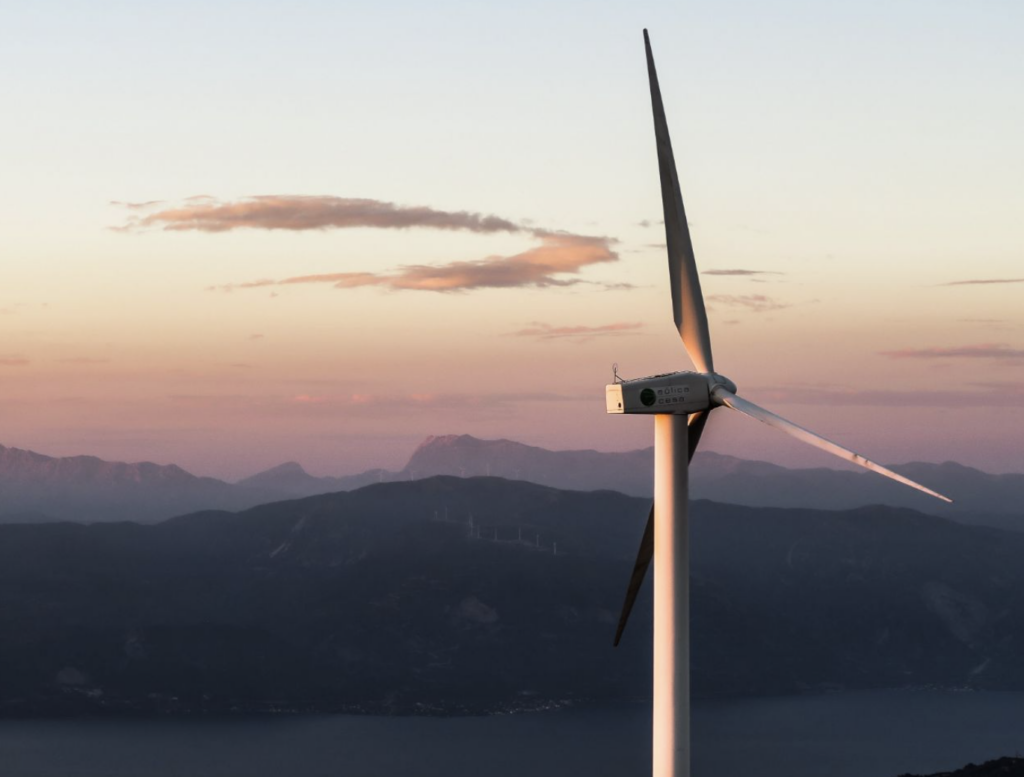
On our irrigated acres, we are very careful with our water use so as to not deplete or overuse our aquifers. Not only are we producing grain, but we’re also producing carbon credits with the wind turbines being built and we just made a major deal with Next Era on the solar side of things. Getting into this industry (yeah, which I will go on record, saying is, if not, now will be the hottest industry in the world). Everyone wants to own farmland now which is fine but they’re paying enormous prices for it today.
Would you consider growth through acquisition in the agricultural sector of your business, and at what scale?
Yes, it is the Soloviev Group’s #1 priority. We have all the farmland we need, so it’s all about logistics and becoming completely vertically integrated to where the crops I plant on my fields in Colorado can reach any destination in the world. Having that ability being able to take it there myself, handing it off to Burlington, Northern and Union Pacific at Pueblo and reclaiming it at a dedicated port on export years is where I’m at now.
Do you see cannabis playing a major role in US agriculture and farming?
No, not for us anyway, not to the extent of grain production. I truly believe Bluelight in The Pacific Region could get massive on a cannabis scale because the people I’m working with are that good, but it will only make up a fraction of what Crossroads will be on the grain side of things by the time I’m done.
VISION FORWARD
Do you have a long-term vision for your company?
I have visions and goals for each region. To operate the number one commercial building in the world, efficiently and responsibly, to build Freedom Plaza efficiently and responsibly, but most important is to create a better, more producer-friendly, fully integrated Cargill.
What milestones would you like to achieve in the next three years?
Having 5 more kids.
Who today is involved from your family in the business?
Quintin, my 20-year-old, is my right-hand man. He goes with me everywhere I go and is learning how all eight regions function. Hayden is my Vice Chairman, but right now he is specifically working in The Atlantic Region because it is close to NYU. Unlike my father and I, he chooses to graduate college which I am very proud of. I still continue the same belief that my father had, that getting to work in your late teens and early twenties if you really know what you want to do in life makes more sense than going to school, and I’m proud of my other sons and going right into the family business and skipping college. Carson is working his way from the ground up in The Pacific Region, and there’s Christian who is an actual miner in The Nevada Region, and those are all my adult children who are in my business.
My daughter Kailey went to nursing school at Drexel and was working as a medical assistant before she took a leave of absence because her husband and her are having a child. My other daughter Sidney, who goes by Bebe, is a professional model for Next Model.
My 14-year-old son Colton goes out to Kansas every summer and runs a combine through harvest and is involved in Crossroads when he’s not in school. My 9-year-old son Christopher spends parts of his summers at my different workers’ families houses in Kansas and is starting to learn the business.
My brother, Nikolai, who I am very close to as we shared the same sometimes unhealthy upbringing with my father, is a vice president at the Soloviev Group and plays a key role in the CITY and SOUTH regions.
Would you consider yourself a disruptor and in what business category?
In the grain business. I want to do things differently and things have been done a certain way for so long. There’s room for change there’s room for improvement and there’s room to help my fellow producers. I didn’t go to college to learn about farming. I learned from those actual farmers. Creating this vertically integrated agribusiness is my way of giving back to them.
How do you approach problem-solving in your business?
I surround myself with really good people. Some people that my father hired, but mostly people who I hired, people who know me in business for who I really am and believe in me. There have been problems in every region, we’ve had to overcome many hurtles and Crossroads in the North Region. With this agribusiness it’s always been the long game and where it’s headed, and that’s what will define me in business. I’m not an heir. I inherited a region, that’s how I look at it, and I made that Region 10 times better than it was. That’s it. And I’ll let my actions and my performance speak for themselves.
How do your measure success, I mean you’re the 25th largest landowner in the US. What is your most admirable success story?
Being in a business, that was totally out of favor, not competing with big money like I’d have to today from people from cities. There was no one out there from Seattle, New York, or Los Angeles, when I first got there. Now everyone’s there. To be 18 years ahead of Bill Gates and Jeff, I’m very proud of that. Especially how I look up to Jeff Bezos on what he’s done with Amazon and vertical integration. Not having any competition early in farmland acquisitions allowed me to leverage my land for expansion and put together a massive amount of it. Freedom Plaza and 9 West are going to be huge successes in New York in The City Region but what I’m doing out west will make all of New York look like small potatoes.
What philanthropy is of greatest interest to you today?
Philanthropy is very important to me. After years of being proud of my last name, and still proud of it, I was disgusted by the Russian invasion of Ukraine, so I’ve given money to help the refugees. I’ve given to a lot of children’s charities because I have a lot of children. The biggest philanthropic interest I have is building a homeless shelter in Sacramento. Sacramento was a place that I really needed personally back in 2007. Two of my four best friends live there, and I have a lot of kids who live there. The city has given me so much and it’s hurting right now. I’m committing $25 million to building a state-of-the-art homeless shelter in Sacramento. But I fear California’s inefficiency and working with its state government in any way. From what they have let their cities become, to the inefficient response to our effort to help them, it’s clear they’re in a crisis situation and I really hope I can get this done.
*Stefan Soloviev is collaborating with a publishing company to create a comprehensive book that chronicles his life story.
This article was produced by The Real Deal’s Brand Studio Team in conjunction with Soloviev Group. For more information about working with our Brand Studio Team please click here.


